Misinformation and disinformation about solar energy continue to be propagated. Here we set the record straight about some plausible myths:
“Solar only provides a small fraction of primary energy.”
Primary energy is a silly measure. What really counts is end-use energy. Solar electricity can be used directly in most applications with high efficiency. However, burning coal to make electricity or burning oil to drive a car throws away most of the primary energy as useless heat.
“Solar uses vast amounts of land.”
Complete decarbonization of an advanced economy using solar and wind to provide all energy for transport, heating and industry requires 40-80 m² of solar panel per person (depending on latitude and wind energy contribution), which is far smaller than the area devoted to agriculture or roads. High photovoltaic conversion efficiency is key both to reducing prices and reducing land use. Efficiency has improved around fourfold since the 1950s. Some people conflate the area spanned by a solar or wind farm with the area alienated from agriculture by the turbines and panels, which is far smaller.
“Biomass is a better solution than running cars with electricity.”
Electric cars running with solar electricity require 100 times less land than running cars with ethanol produced from sugar-cane.
“Solar waste is a big issue.”
With a 25+ year lifetime, only a few square meters of solar panel per person retires each year. This solar panel waste, about 16 kg each, is 10%, 1% and 0.1% respectively of the annual per capita mass of human excrement, other solid waste and avoided carbon dioxide.
“Solar uses toxic metals and critical minerals.”
Most of a solar panel is glass. There is a small amount of plastic encapsulation, silicon and conductive metals. Nearly all of this can be recycled. There are no materials that are not substitutable.
“Solar needs too much energy to manufacture.”
The payback time to recover the energy used in manufacturing is about one year compared with a lifetime of 25- 30 years.
“You can’t run a grid on solar & wind; you need baseload power.”
Many countries are headed towards 90-100% electricity from variable solar and wind. For example, Australia is an advanced economy located in mid-latitudes (80% of the global population lives in sunbelt countries) that cannot share electricity across national borders. Only 7% of its electricity comes from hydroelectricity and biomass, and it has zero nuclear or geothermal electricity. It is tracking towards 75% of electricity from solar and wind in 2030, trending towards 95% in later years. The grid is highly stable.
“Solar & wind need backup from coal & gas when the sun doesn’t shine and the wind doesn’t blow.” This is not at all true. The combination of wide-area transmission (to smooth out local weather) and storage (batteries and pumped hydro) can readily replace all fossil fuels.
“Rooftop solar is expensive.”
In Australia, an unsubsidised turnkey rooftop solar system costs US$700-1000 per kilowatt. Bureaucratic obstacles are small. One third of Australian houses have rooftop solar systems because they supply very cheap electricity. Deployment continues to grow quickly, both in Australia and elsewhere.
“If solar energy is cheap, then why is my electricity bill high”?
The retail price of electricity is much higher than the wholesale price. It includes the high costs of distribution and administration. Solar-driven electrification confers the cheapest and most resilient domestic energy in history. An all-electric house uses electric cookers, heat pumps for hot water storage tanks, and heat pumps for heating and cooling of air. Much of the electricity can be provided by a 10 kW PV system on the house roof. This energy is produced on site, avoiding most of the transmission and distribution costs that make retail electricity expensive. There is zero gas bill. Add an electric vehicle and the fuel bill also goes to zero.
“There is a nuclear renaissance.”
Total solar installed capacity (in GW) surpassed total nuclear installed capacity in 2017. In 2024, new solar capacity was installed 100 times faster than net new nuclear capacity. Global solar and wind generation (in TWh) will both pass nuclear generation in 2025.
“Storage and transmission are expensive and kill the economic case for renewables.”
High-resolution modelling shows that storage and transmission add 30-50% to the raw cost of generation from solar and wind. This is a significant but affordable cost. All-in costs are below $100/MWh in most places.
“Pumped hydroelectricity storage requires new dams on rivers, is geographically restricted, floods lots of land, and consumes lots of water.”
Pumped hydro comprises 95% of global energy storage. Together with batteries for high power, short-term storage, energy storage is a solved problem. Premium-quality pumped hydro uses about the same amount of land as big batteries (10-30 kWh/m2). Water use is very small (a few litres per person per day). The global pumped hydro atlas lists 0.8 million off-river (no new dam) sites with storage equivalent to 2 trillion EV batteries.
“The energy trilemma: we need low energy prices, a stable grid and low greenhouse emissions, and solar cannot provide this.”
In fact, the lived experience is that solar provides the cheapest electricity in history, is perfectly capable of delivering a stable grid, and produces negligible greenhouse gas emissions.
As well as eliminating most greenhouse emissions, solar and wind in conjunction with the electrification of everything also removes car exhausts, smokestacks, urban smog, coal mines, ash dumps, oil spills, oil-related warfare and gas fracking. Additionally, home-grown renewable energy confers high local economic content and high resilience in the face of war, trade wars and pandemics.
There is no other energy generation technology as benign, democratic, and low cost as solar photovoltaics. By the beginning of the next decade, there will be more solar PV capacity installed on Earth than the combined output of all the other energy generation technologies together.
Authors: Prof. Ricardo Rüther (UFSC), Prof. Andrew Blakers (ANU)
ISES, the International Solar Energy Society is a UN-accredited membership NGO founded in 1954 working towards a world with 100% renewable energy for all, used efficiently and wisely.
The views and opinions expressed in this article are the author’s own, and do not necessarily reflect those held by pv magazine.
This content is protected by copyright and may not be reused. If you want to cooperate with us and would like to reuse some of our content, please contact: editors@pv-magazine.com.
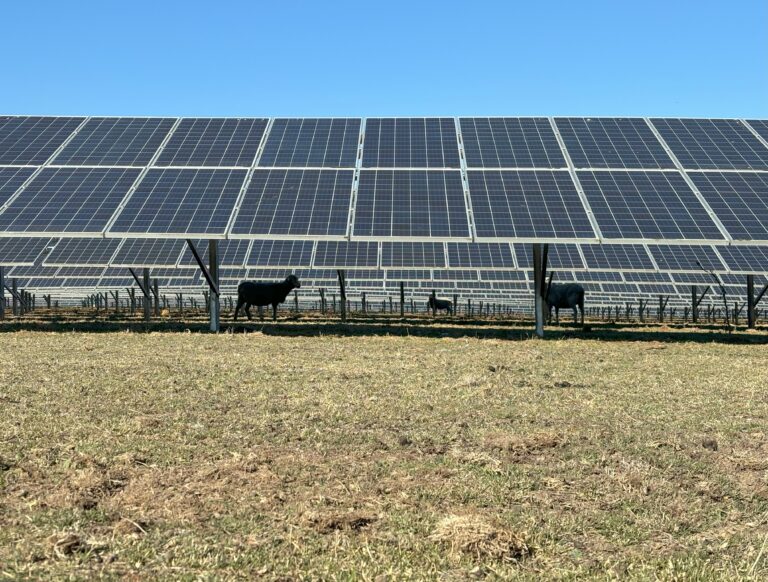
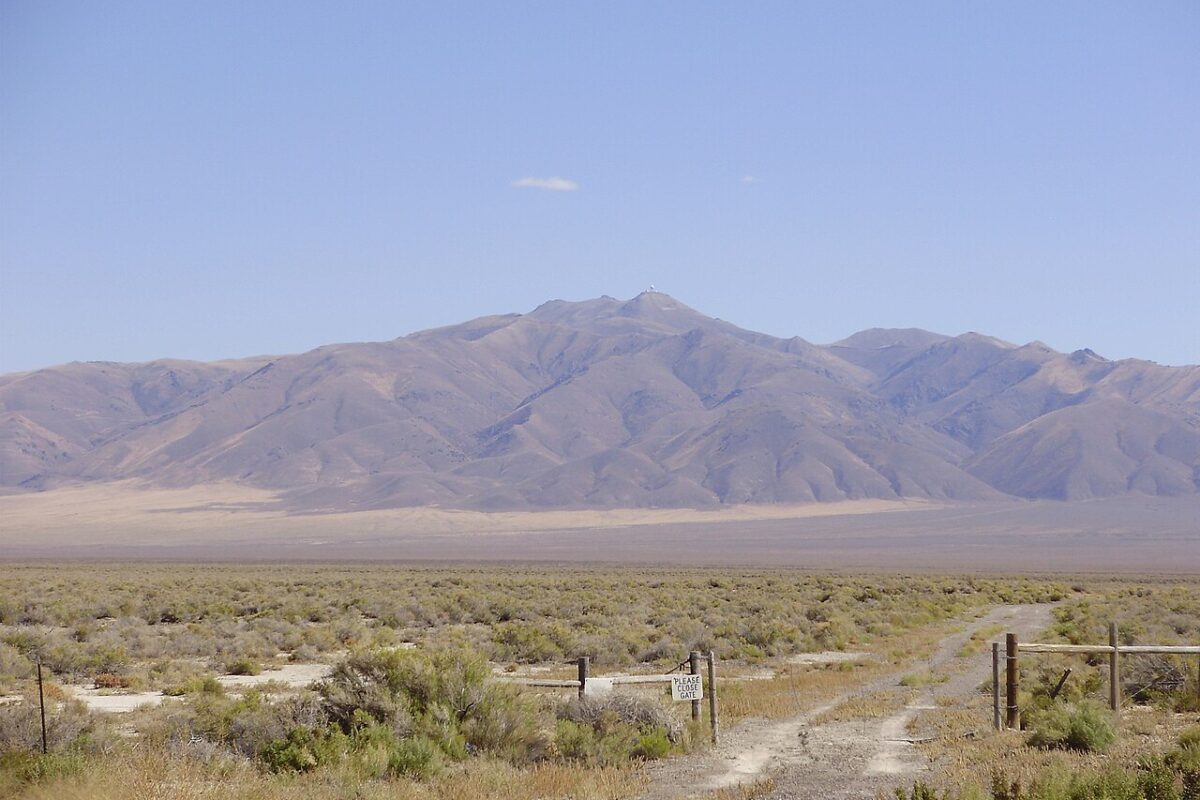

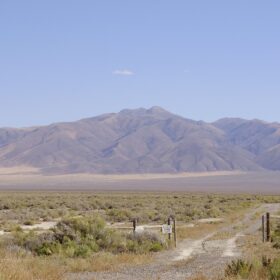
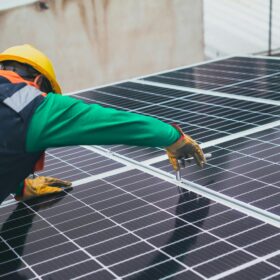
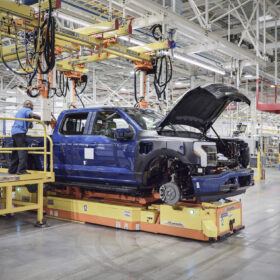

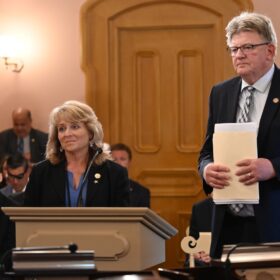
By submitting this form you agree to pv magazine using your data for the purposes of publishing your comment.
Your personal data will only be disclosed or otherwise transmitted to third parties for the purposes of spam filtering or if this is necessary for technical maintenance of the website. Any other transfer to third parties will not take place unless this is justified on the basis of applicable data protection regulations or if pv magazine is legally obliged to do so.
You may revoke this consent at any time with effect for the future, in which case your personal data will be deleted immediately. Otherwise, your data will be deleted if pv magazine has processed your request or the purpose of data storage is fulfilled.
Further information on data privacy can be found in our Data Protection Policy.